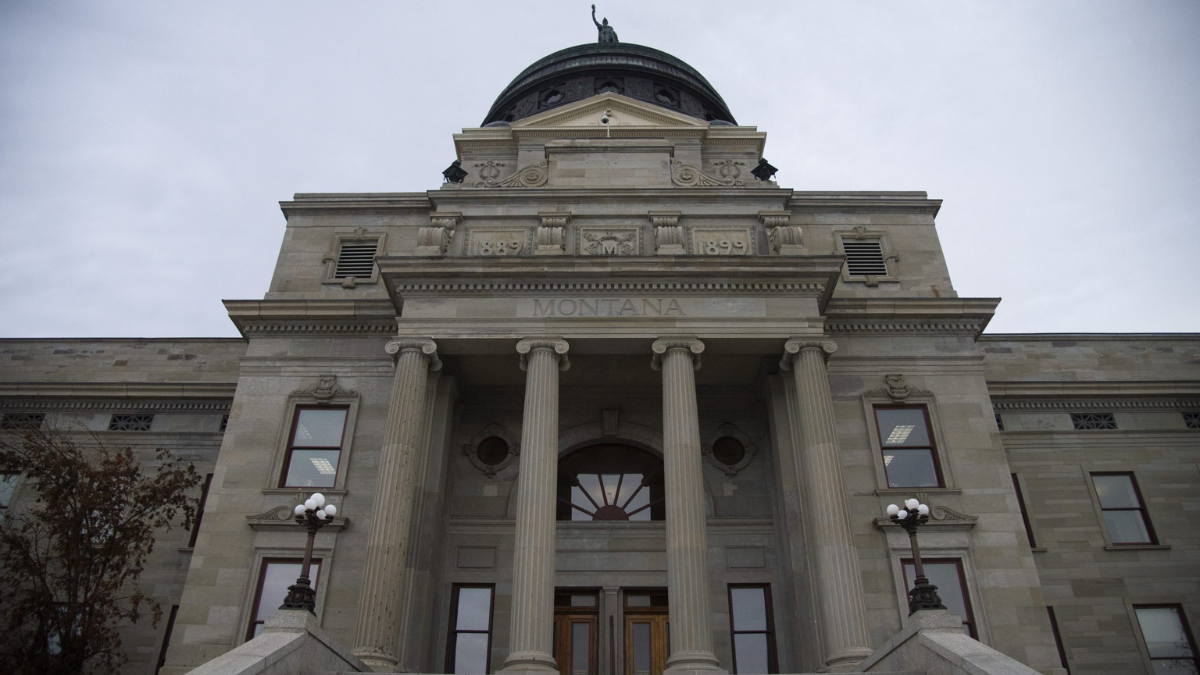Throughout the past two weeks, lawmakers in the Montana House have engaged in several rounds of debate over proposed changes to tax credit programs benefiting public schools and private school scholarships in the state.
The discussions are rooted in concerns about equitable distribution of Innovative Educational Program (IEP) funds that arose early last year. The program was established in 2015 to direct private donations to K-12 public schools, and offers donors a dollar-for-dollar tax credit for those contributions. During the 2021 Legislature, lawmakers raised the per-donor credit limit from $150 to $200,000 and capped the total amount of credits at $1 million. The same benchmarks were applied to related tax credits for donations to organizations that provide scholarships for private school students in Montana.
On the public side, Montana hit that $1 million cap within five minutes on Jan. 3, 2022, and more than half of the money raised — four donations totalling $694,000 — went to a single district: Big Sky. According to data from the Montana Department of Revenue, the 2023 cap of $2 million was reached in just under 48 hours last month, with seven donations totalling $895,500 going to the Big Sky school district. On the private side, nearly half the contributions in 2022 went to a single scholarship organization, ACE Scholarships. This year, five donations to the Central Education Foundation of Silver Bow accounted for $986,340 of the total $2 million in contributions made to private school scholarships.
Democrats and Republicans this session remain split on how to address resulting concerns about disproportionality and the broader questions raised by the programs. Rep. Mark Thane, D-Missoula, suggested lowering the per-donor limit to $2,000, arguing to fellow lawmakers last month that current credit amounts not only put districts in wealthier areas at an unfair advantage but also enable donors to effectively “wipe out” their tax liability to the state. His proposal was tabled in the House Taxation Committee on Jan. 24.
Across the aisle, Rep. Sue Vinton, R-Billings, has put forth a far more complex solution. House Bill 408 would limit the total donation amount that individual districts can keep to $50,000 or 15% of their general fund budget, whichever is greater, or to 20% of the total statewide credit cap. Any excess money would be remitted to the Office of Public Instruction for distribution to schools participating in a state program that funds college- and career-centric initiatives. HB 408 also raises the total tax credit cap to $5 million for the coming tax year.
Vinton told colleagues on the House floor last week that the lack of parameters on the Innovative Educational Program has concentrated funds on only a few select districts, and that demand for the tax credits far exceeds the current caps. She argued the changes proposed in HB 408 would address those issues and increase the amount of funding for public schools seeking to implement or enhance work-based and individualized learning efforts.
Thane pushed back during that Feb. 16 debate, countering that HB 408 did nothing to address one of the inequities his prior proposal sought to resolve. He attempted to amend Vinton’s bill in order to eliminate a provision that allows donors to apply credits from one year to their tax liability in subsequent years. Thane also encouraged lawmakers to act on an additional concern by requiring more accountability around funding for private school scholarships.
They didn’t have to wait long. Immediately after Thane’s amendment failed, Rep. Ed Stafman, D-Bozeman, rose with one of his own aimed at the private schools that enroll students who receive scholarships funded by tax-credit-eligible donations. Stafman proposed that such schools be required to administer the same standardized tests as public schools and provide OPI with a wealth of other academic information mandated in the public K-12 system. The same proposals were contained in a pair of bills Stafman introduced earlier that day to the House Taxation Committee.
“Without accountability, we have no business spending our taxpayers’ money,” Stafman said. His amendment failed as well, and both his bills were tabled in committee this week.
After clearing its initial vote in the House largely along party lines, HB 408 was kicked to the House Appropriations Committee. The bill garnered pushback there too, with Rep. Jim Hamilton, D-Bozeman, echoing the same concerns Thane and Stafman had raised and calling it a “candidate for the most outrageous tax policy ever.” Two Republicans shared in the Democratic opposition to the bill, but it passed committee 14-9. HB 408 will now advance to the House floor for a final vote ahead of next week’s transmittal deadline.
latest stories
Why Gianforte’s reelection bid has drawn a challenge from the right
Greg Gianforte is stumping as a pragmatic conservative in an election year dominated by culture war issues. That’s helped earn him a challenge from the GOP’s right flank.
Addiction treatment homes say funding fixes don’t go far enough
Montana health officials have started a voucher system to help people with substance use disorders move into transitional housing as they rebuild their lives. But those who run the clinical houses said the new money isn’t enough to fix a financial hole after a prior state revamp.
June primary ballots give voters a chance to re-think their local government structures
This year’s June primary ballots include a little-understood, once-a-decade question that gives voters the ability to launch a multi-year review of their local government structures. Local advocates are pushing for “yes” votes this year in Bozeman and Billings.


